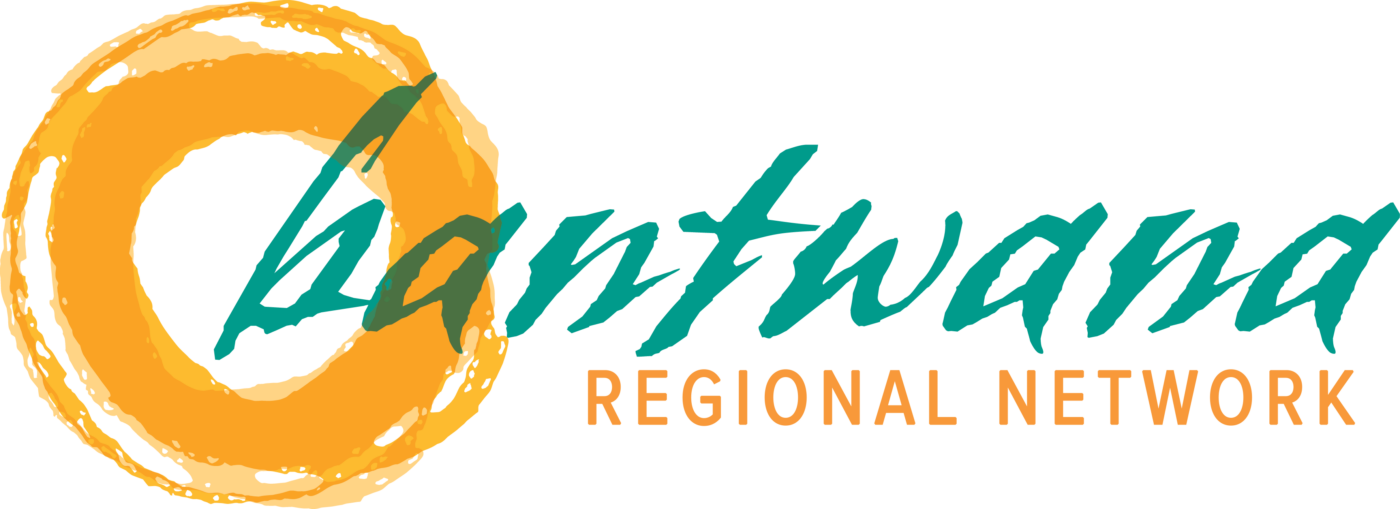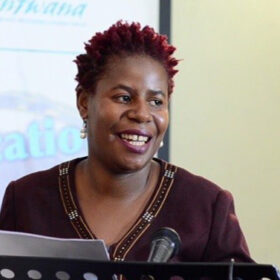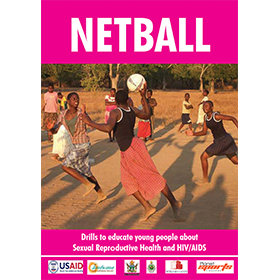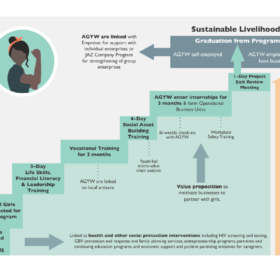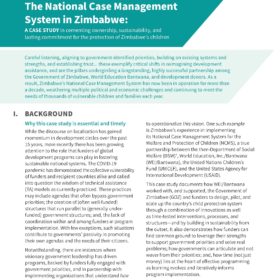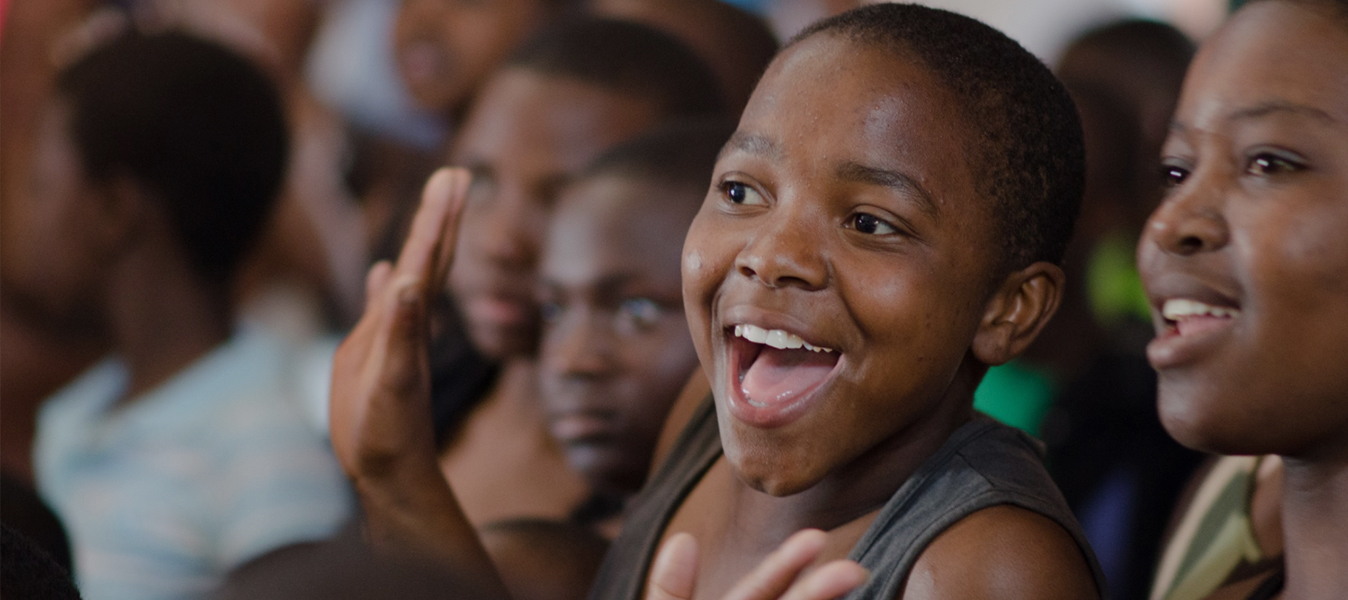Vana Bantwana
Our flagship Vana Bantwana program supported the Government of Zimbabwe’s efforts to improve the lives of orphans and vulnerable children, adolescent girls and young women, and their families affected by HIV and AIDS — while also building the capacity of local organizations for continued impact, local ownership, and sustainability.
